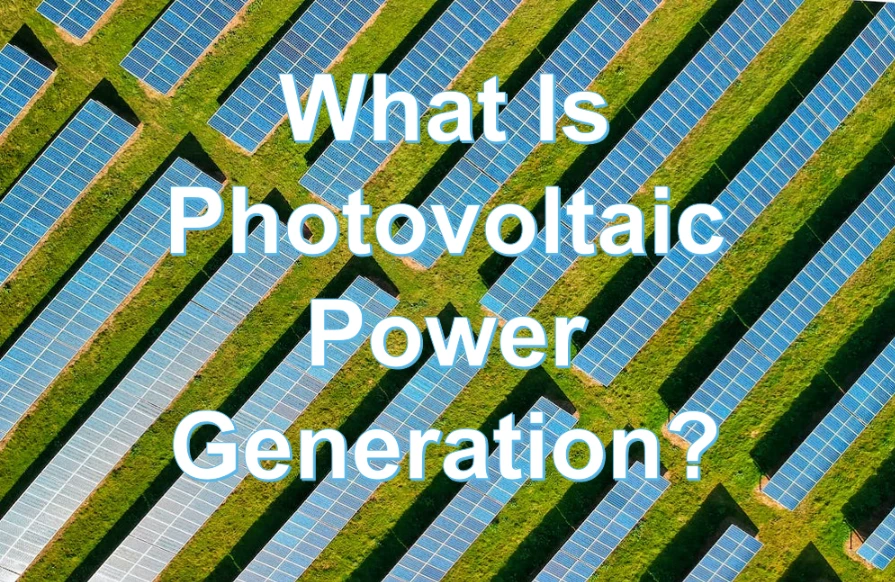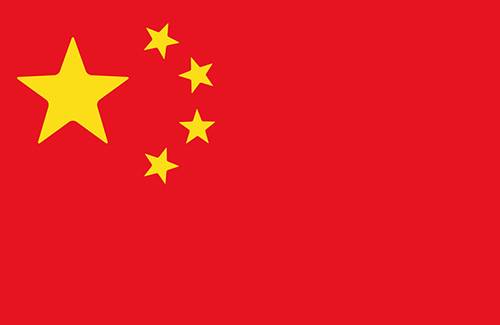
The most commonly used renewable energy source is solar PV energy. But how is solar energy used to generate electricity? Which type of equipment plays an important role in the generation of solar energy?
A photovoltaic power generation or solar PV system converts solar or light energy into electrical energy. The basic component of a photovoltaic power generation system is known as the solar cell. A single solar cell has the capacity of producing about 0.5 volts of electricity. A solar panel or solar module is a combination of several solar cells connected in series to generate usable voltage.
The current produced by the solar cells in a solar is then passed through a solar inverter. The solar batteries are also equipped with a photovoltaic power generation system. The current produced by solar panels is direct current. The direct current is then converted into an alternating current via a solar inverter. The alternating current produced by the solar inverter is then supplied to the entire building or house. The excess voltage produced by the solar panels is then stored in solar batteries.
It should be noted that the voltage of solar panels can be increased by increasing the number of solar cells. For example, 30 solar cells connected in a series sequence will produce an output of 15 volts. A combination of solar panels connected together is known as a solar array and can be used to achieve the required current as well as voltage.
The generation of electricity on exposure to sunlight is known as the photovoltaic effect. This principle is used by solar cells to produce electricity. Solar cells are made up of semiconductors mainly silicon and consist of three layers. The top layer called the N-type layer is comparatively thin and contains a high concentration of electrons. The bottom layer (P-type layer) contains a high concentration of holes.
When the P-type and N-type semiconductors are joined, it forms a P-N junction. On forming a P-N junction, the electrons of the N-type material try to reach the P region; creating a negatively charged layer. Similarly, the holes of the P-type material try to reach the N region creating a positively charged layer. This region between the two layers is known as the depletion region of the semiconductor.
Sunlight penetrates the top thin layer easily to reach the depletion region. When the photon strikes a neutral atom in the depletion region, the breakage of the neutral atom will occur and vice versa. In this way, electricity is produced from a photovoltaic system.
In order to enjoy free electricity during nighttime, it is necessary to select high-quality rechargeable batteries. Among various suppliers, JYC Battery is a professional rechargeable battery supplier throughout the world.



